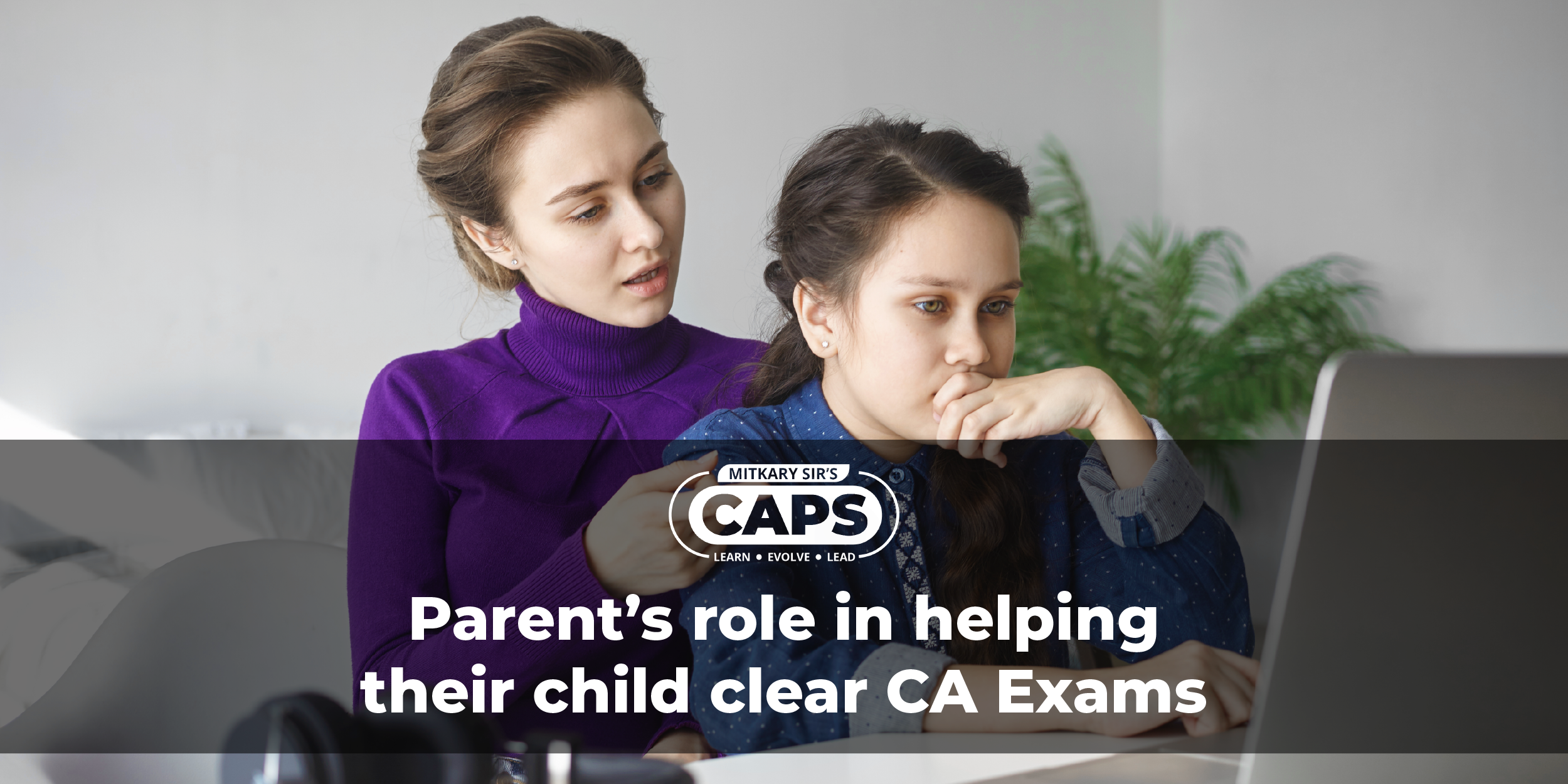Many students have a common doubt about whether they can pursue CA as a career after doing 11th and 12th in Science or Arts. The answer to this question is yes. You can pursue CA as a career, even if you complete 12th as a Science or Arts student.
Now the question arises, how can I become a CA after pursuing 12th Science or Arts? Just to answer this question read the following blog and understand every required detail.
1. Eligibility
Let’s start with eligibility. As a 12th Science or Arts student, you need to keep the following requirements in mind:
For appearing for CA Foundation Exam (which is the entrance exam for CA) you need to be just clearing your 12th exams from any stream may it be Commerce, Science, or Arts. For now, you are now aware of the eligibility criteria, let’s move on and see the steps to be followed to become a CA.
2. Enrolling in CA After the 12th exams.
As a student who has passed the 12th exams or is waiting for results, you need to have an understanding of the following steps that you have to follow to become a CA.
-
The CA Foundation Route
2.2.1 CA Foundation
CA Foundation is an entry-level examination that one needs to pass to take up CA Course.
After appearing for your 12th exams, you can immediately give your CA Foundation in the month of May.
CA Foundation involves the following subjects and marks:
- Accountancy (100)
- Business Laws (60) and Business Correspondence and Reporting (40)
- Business Mathematics (40), Logical Reasoning (20), and Statistics (40)
- Business Economics (60) and Business and Commercial Knowledge (40)
To pass this test you have to score a minimum mark of 200 out of 400.
Paper 1 and Paper 2 are subjective and Paper 3 and Paper 4 are objectives. Also, Paper 1 and Paper 2 are for 3 hours and Paper 3 and Paper 4 are for 2 hours.
2.2.2 CA Intermediate
CA Intermediate is the second stage to be taken after clearing the CA Foundation exam. You need to register for CA Intermediate soon after clearing CA Foundation. CA Intermediate has 8 subjects divided into two groups
- Accounting
- Corporate and Other Laws
- Cost and Management Accounting
- Taxation
- Advanced Accounting
- Auditing and Assurance
- Enterprise Information Systems and Strategic Management
- Financial Management & Economics of Finance
Each subject is 100 marks, which sums up to 800 marks in total. To clear it you need to score a minimum of 40% on each paper and 50% aggregate for all papers. If you get an exemption in any subject i.e. 60 or above is marked then you need not give that paper again. Also, there is a concept known as set off that if you score more than 50% in a group and your next group’s aggregate is falling short of some marks then that can be compensated from the earlier group.
A student can appear for CA Intermediate after completing 8 months of the study period. Also, the student needs to complete 4 weeks of ICITSS before the commencement of Practical Training.
The above 8 papers are a mix of subjective and objective questions for a few subjects. The objective questions are for 30 marks and the subjective for 70 marks.
2.2.3 Articleship
Articleship is a 3-year practical training taken by CA aspirants under a practicing Chartered Accountant. It is the next step after you clear either group of CA Intermediate. It is seen to be highly beneficial for the students in terms of gaining experience and practical understanding of each subject involved in the CA course.
2.2.4 Registration of CA Final Course
A student shall register for CA Final as soon as he/she clears CA Intermediate.
Applying for the CA Final course can be seen as the last step of this process.
A CA aspirant can give its CA Final exam during the last six months of the Articleship.
Also, you need to complete 4 weeks of Advanced ICITSS in the last 2 years of your articles.
Once you have a clear CA Final is well qualified to add CA in front of your name.
CA Final consists of 8 papers divided into two groups of 4 subjects each.
Paper 1: Financial Reporting (100 Marks)
Paper 2: Strategic Financial Management (100 Marks)
Paper 3: Advanced Auditing and Professional Ethics (100 Marks)
Paper 4: Corporate (70 Marks) and Economic Laws (30 Marks)
Paper 5: Strategic Cost Management and Performance Evaluation (100 Marks)
Paper 6A: Risk Management
Paper 6B: Financial Services and Capital Markets
Paper 6C: International Taxation
Paper 6D: Economic Laws
Paper 6E: Global Financial Reporting Standards
Paper 6F Multidisciplinary Case Study
(The Student needs to choose one Paper from 6A to 6F. Paper 6 is of 100 marks and for 4 hours. It is an open book exam for Paper 6.)
Paper 7: Direct Tax Laws (70 Marks) and International Taxation (30 Marks)
Paper 8: Indirect Tax Laws (100 Marks)
The above 8 papers are a mix of subjective and objective questions for a few subjects. The objective questions are for 30 marks and the subjective for 70 marks.
3. Direct Entry Route
Intermediate pass students of the Institute of Cost Accountants of India and Institute of Company Secretaries of India or a Commerce graduate or post graduate with 55% or above and other graduate/post-graduate with 60% or above shall register for Intermediate course undergo 4 weeks ICITSS. Clear the Intermediate exams. Then register for CA Final and the rest process is the same.
4. Difficulties to pursue CA as a 12th Science or Arts Student?
This thought has crossed the mind of several students at least once. As a student of any other stream, you have a strong Mathematics base that will help you in your CA career. But on the other hand, Accountancy will be a new topic or subject for you. Hence all it requires is a little dedication and consistency to learn the subjects. If you are determined and hard-working enough, then CA is the course for you.
5. Conclusion
This blog summarizes the fact that a 12th Science or Arts student can pursue CA as a career. It mentions all the steps required to achieve the same. Thanks for the read.





